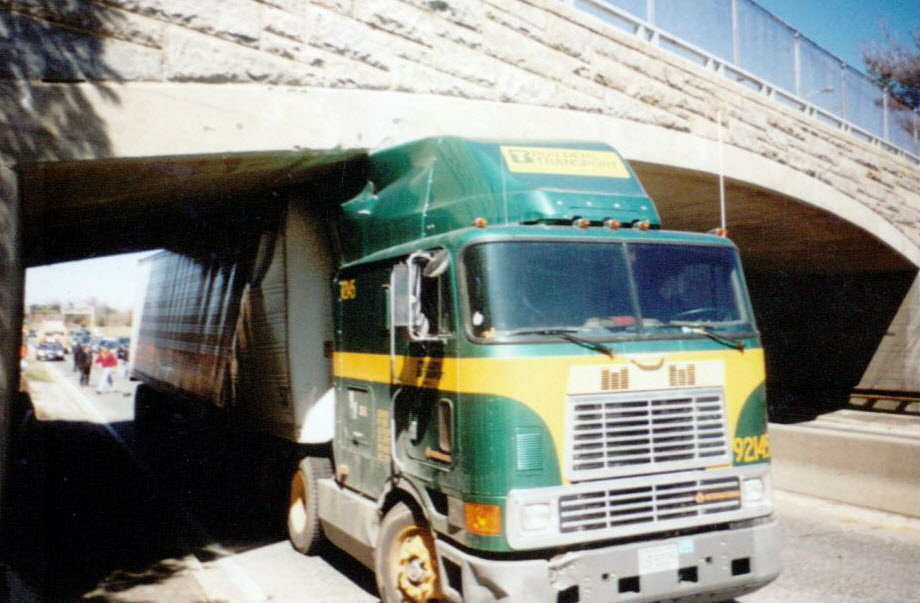Throughout the article of “Architectural Exclusion: Discrimination and Segregation Through Physical Design of the Built Environment” written by Sarah Schindler, we learn that discrimination and racial divide between different races and people of various social sects is existent not only through laws and regulations that inhibit people from entering into select neighborhoods and communities, but also through the built environment emitted from architectural buildings and structures.
This article describes the different ways in which the architecture of a place causes a sense of exclusion in the surrounding environment. We do not often notice this but the vibes that are given off when in a building or specific location effect the social and environmental disposition of feelings through people which ultimately determine whether or not they feel welcome to remain in that area, or if they feel some type of barrier in which they are not wanted or included.
Throughout the article we are introduced to Robert Moses who is known as the “Master Builder” of New York. Moses is known for constructing designs of overpasses that are built intentionally low so that buses cannot pass underneath them.

This structural design is a great example of how architecture can inhibit certain kinds of people into areas in which they are not wanted. Building the overpasses intentionally low inhibited buses from traveling to and from parts of the city underneath the overpasses so that poor people and people of color could not access these parts of town due to the fact that individuals who come from a lower class of living most often rely on public transportation as a means to get from place to place.
As understood from the article, exclusionary built environment or architectural regulation is much more powerful than factual laws set in place in part because it is unseen. A lot of the times architectural regulation is not often noticed by the public eye and for that reason it is hard for people to accuse lawmakers of this form of divide as opposed to an actual law dividing individuals from certain areas. The article also discusses how highways divide neighborhoods which also contribute to limiting the integration of neighborhoods that come from different backgrounds and people from different social classes. The term choice architecture was also discussed in the article. Richard Thaler and Cass Sunstein are choice architects who control and create the context in which a decision is made and help support the fact that there is no such thing as ‘neutral design’. While most people think that structures and buildings are placed where they are for efficiency purposes, they are actually placed and divide areas in the context of class and race.
This article overall gives the most importance to the fact that this form of regulation is hard for lawmakers to consider identifiable to courts, legislators, and potential plaintiffs. With many examples given of physical structural barriers throughout the article, exclusionary architecture is definitely prevalent and is the back bone and basis of most all architectural endeavors.
Schindler, Sarah. “Architectural Exclusion: Discrimination and Segregation Through Physical Design of the Built Environment.” Yale Law Journal. 124.6 (2015): 1934-2024..Web. 25 Jan. 2016.